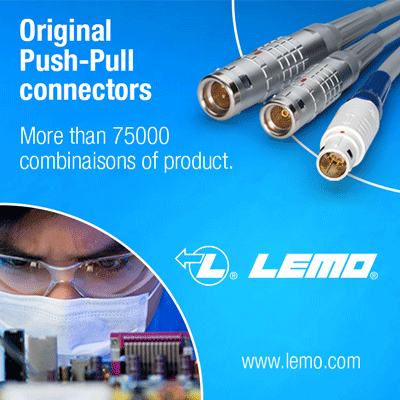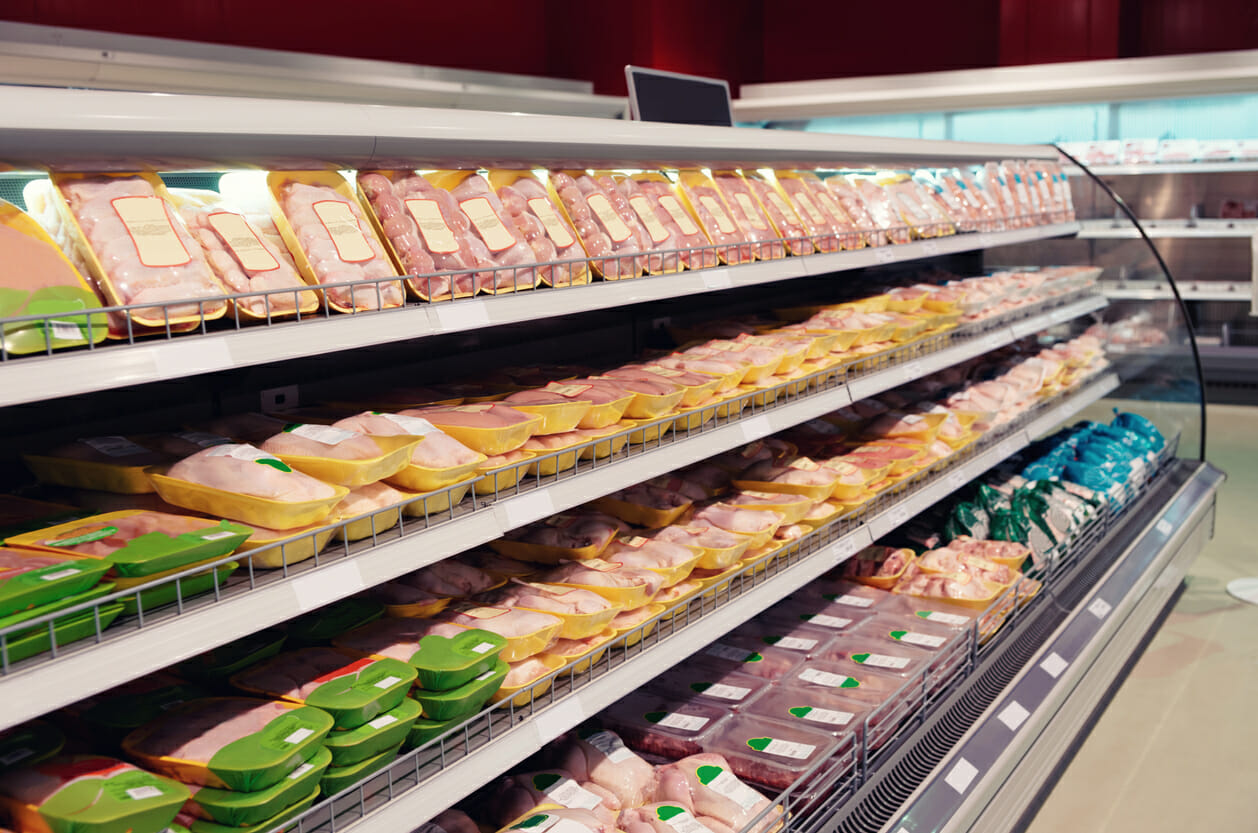Interface or multiphase level measurements exist throughout the oil & gas streams as well as petrochemical. While level measurement technologies have come a long way in effectively measuring liquids and solids, multiphase level measurement continues to be the biggest challenge and opportunity that exists today to which there is no perfect technology. However, experience has shown that process optimization and increased uptime can still be achieved in many separator applications through reliable, best-in-class, level technology.
Magnetrol® recognizes that interface measurement is a key concern for these industries, as well as many others. With that in mind, MAGNETROL has developed a white paper addressing the challenges and considerations around interface measurement and currently available technologies for process optimization.
The Basics of Interface
In the oil & gas and petrochemical industries, the need for reliable interface measurement arises whenever immiscible liquids, those incapable of mixing, reside within the same vessel. The lighter medium rises to the top and the heavier settles at the bottom. In oil production, for example, water or steam is used to extract oil from a well. Well fluids then route to production separators where they settle into their primary constituents as a hydrocarbon over water interface.
Interfaces can form between liquids and solids, liquid and foam, and liquid and gas; but the emphasis here will be concentrated on liquid/liquid interface (often with a vapor space above the top/lighter liquid). Immiscible liquids meet along an interface layer where they undergo some amount of emulsification. This emulsion layer (also referred to as a “rag” layer) may form a narrow, distinct boundary, but more frequently it is a broader gradient of the mixed liquids. Generally, the thicker the emulsion layer, the greater the measurement challenge.
Interface Measurement Challenges
While monitoring the top, or total level, is critical for safety and overfill prevention, knowing the level of an interface is necessary for maintaining product quality and operations efficiency. If there is water in oil that is not separated effectively (water carryover), then this can induce processing problems, equipment failures and unplanned shutdowns. If there is oil in water (oil extraction), then there can be production loss, environmental fines, penalties and forced shutdowns.
Of all the level switches and transmitters available, only a handful are suitable for reliable interface measurement. The leading interface measurement technologies include guided wave radar (GWR), buoyancy-based displacers and magnetostrictive, RF capacitance, nuclear/gamma radiation and thermal dispersion. Ideally, the technology utilized for interface applications does not have to differ from other level instruments installed at the facility in order to maintain familiarity with users. Standardizing on a technology helps reduce training, installation & commissioning, maintenance and downtime.
More Information
To learn more about interface measurement challenges and the technologies available to more accurately monitor interface, download the interface white paper.
The white paper covers:
- interface challenges;
- case studies in Oil & Gas and Petrochemical;
- comparison of level technologies for interface measurement; and
- the future of reliable interface measurement.
interface.magnetrol.com







